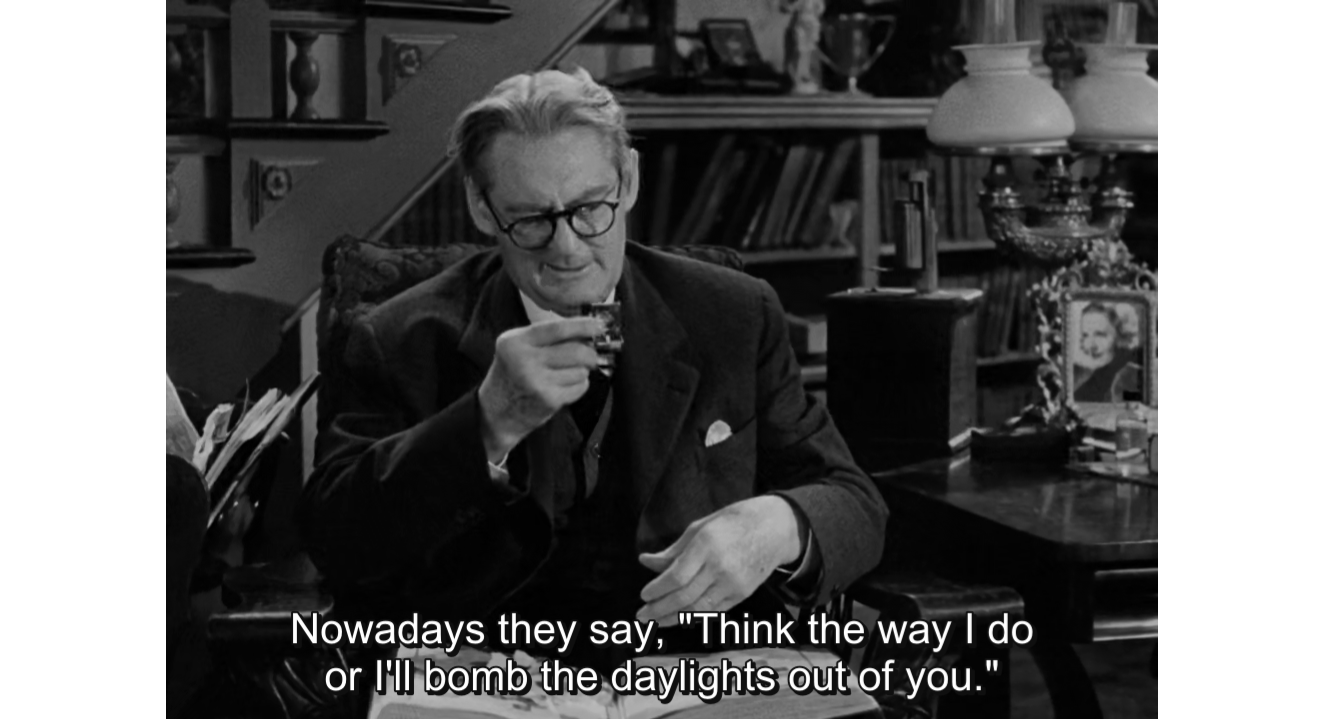
Zombadings: Patayin sa Shokot si Remington (Jade Castro, 2011)
English Title: Zombadings: Kill Remington with Fear
If there’s one thing a filmmaker needs to know about profitable filmmaking in the Philippines, it is to acknowledge that the only kind of filmmaking that actually earns money is genre filmmaking. If the film is not horror, comedy, romance, or laden with homosexual themes and titillation, it would probably not arouse enough interest to earn enough box-office rewards to at least break even. It seems that filmmakers are then left with the choice of either making a commercial but compromised film or a noble-intentioned film that nobody in the country would have seen or even hear of unless it makes waves in international film festivals.
At first glance, Zombadings: Patayin sa Shokot si Remington (Zombadings: Kill Remington with Fear) seems to fit perfectly in the category of creative compromises. Producer and screenwriter Raymond Lee, screenwriter Michiko Yamamoto, and director and screenwriter Jade Castro ingeniously shower the film with elements from the horror, comedy, romance, and queer genres, assuring it, at least in essence, a chance at making monetary profit. However, Zombadings is more inspired than it sounds and looks. There is definitely more to the film than homosexual undead and slapstick. It is deliciously subversive, delivering a message that sadly and unfairly may not be universally accepted in the most universal of ways.
Set in a provincial town just like any other in the Philippines, Zombadings follows the story of Remington (Martin Escudero), the stereotypical macho boy next door who engages in manual labor during the day and downs shots of rum at night. Cursed to turn gay when he was a little boy by a gay man (Roderick Paulate) he angered because of his incessant insensitive teasing, Remington slowly but very surely turns gay, first with his gestures, then his language, then his sexual preference, leaving him in the middle of a love triangle involving his best friend Jigs (Kerbie Zamora) and literal girl-next-door Hannah (Lauren Young). While Remington is transforming, his mother (Janice De Belen), a police officer, is solving the case of uncovering who is responsible for the murders of the gay men in town.
Despite the having a story where crazy-looking gaydars, rollerblading widows, vengeful drag queens, homophobic serial killers and the titular gay zombies miraculously cohere, Zombadings is actually very intelligently and carefully conceived and crafted. Castro directs the film like a maverick conductor, leading an orchestra composed of traditionally jarring instruments but eventually coming up with a symphony that is not so hard to enjoy and adore.
The casting decisions are brilliant. Escudero, a teen heartthrob who has been relegated to playing supporting roles in haphazardly crafted horror films, is a revelation, hilariously portraying a straight man involuntarily turning gay, making use of all the clichés of gay-acting without looking forced or overdone. Paulate, who is instrumental in creating the sub-genre of drag queen slapsticks with films like Petrang Kabayo at ang Pilyang Kuting (Petra the Horse and the Naughty Kitten, Luciano Carlos, 1988), Bala at Lipistik (Bullet and Lipstick, Maryo J. De Los Reyes, 1994), and Ded na si Lolo (Grandpa si Dead, Soxie Topacio, 2009), generously and willingly lends his iconic stature to give Zombadings credibility within that genre, effectively making its use of homosexual stereotypes palatable within the perspective of being part of a cinematic tradition that began as far back as 1954 with Mar Torres’ Jack en Jill starring legendary Dolphy as the funny crossdresser.
On the other hand, John Regala, who starred in many action flicks of the late eighties and early nineties, Daniel Fernando, who most famously played the peeping tom in Peque Gallaga’s Scorpio Nights (1985), and Leandro Baldemor, who bared his skin while cavorting with starlets in many of the titillating films of the nineties, lend their iconic cinematic manliness to represent the other darker side of the fence of homophobia as machismo. Their much-valued machismo however looks useless once pitted against the leadership and industry of the characters played by De Belen, Odette Khan, and Mailes Kanapi who do more for the town than throw baseless and hateful tirades against gays (that are rightfully drowned and obliterated by a marching band in one of the film’s more clever scenes).
Zombadings is undoubtedly tons of fun, and it is perfectly alright to take it as it is, a very well-made piece of populist entertainment. However, the film becomes even more rewarding if enjoyed within the context of what it was made for, as a document of empowerment, a testament to the right of choice, and a blow against intolerance. It is packaged in a way that its freedoms and excesses should not be taken literally or too seriously, yet its jabs at still-existing constipated perceptions and opinions against homosexuality are too potent to be left unnoticed. Ladies and gentlemen, gay or straight, dead or alive, this film’s a winner.
(Cross-published in Twitch.)












































